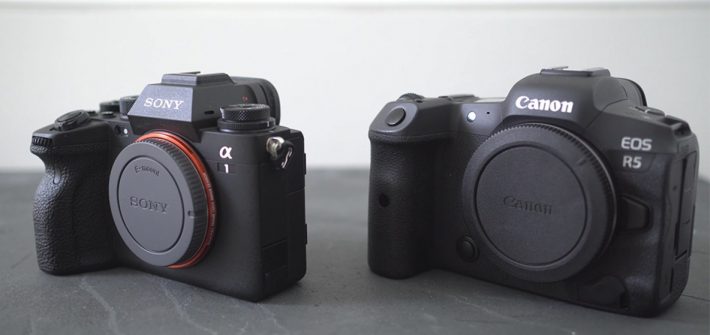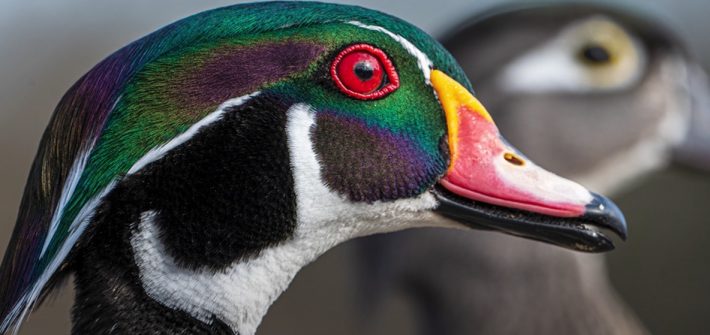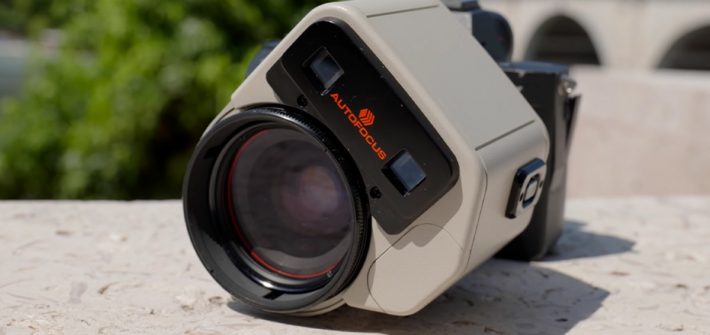Having now had at least one of the second generation of Nikon Z cameras, either the Z 6II or Z 7II, in my possession for almost a year now, I thought I would share three of my favorite things about the cameras so far.
![]()

The capabilities of smartphones when it comes to photography and videography have improved to a degree where they are legitimately useful tools for professions and enthusiasts alike. I got my hands on Zhiyun’s Smooth-Q3 to put it through its paces, and the results surprised me.
![]()

The majority of landscape photographers tend to prefer keeping the entire scene in focus from back to front, using smaller apertures to maintain greater depth of field. Using this simple technique, any photographer can quickly find the hyperfocal distance, or the focusing distance at which a lens, given any aperture and focal length, will produce the greatest depth of field.
![]()

The Sony a1 and Canon EOS R5 are two of the most powerful cameras out there, both offering impressive 8K video capabilities among other features. How do they compare on the video front? This excellent video review discusses the video capabilities of both after six months of usage.
![]()

Supertelephoto zoom lenses are some of the most versatile out there, suitable for a wide range of genres and scenarios. Sony shooters have a lot of great choices when it comes to such lenses, and this excellent video compares four of the best options from Sony, Sigma, and Tamron.
![]()

Canon introduced the EF mount in 1987, and it brought with it a number of innovations while ushering in the autofocus era for the company. Before that, though, was the FD mount, and while it had almost exclusively manual focus lenses, one special lens, the FD 35-70mm f/4 AF, actually had a very strange and unique autofocus system, and this neat video shows what it was like to shoot with.
![]()